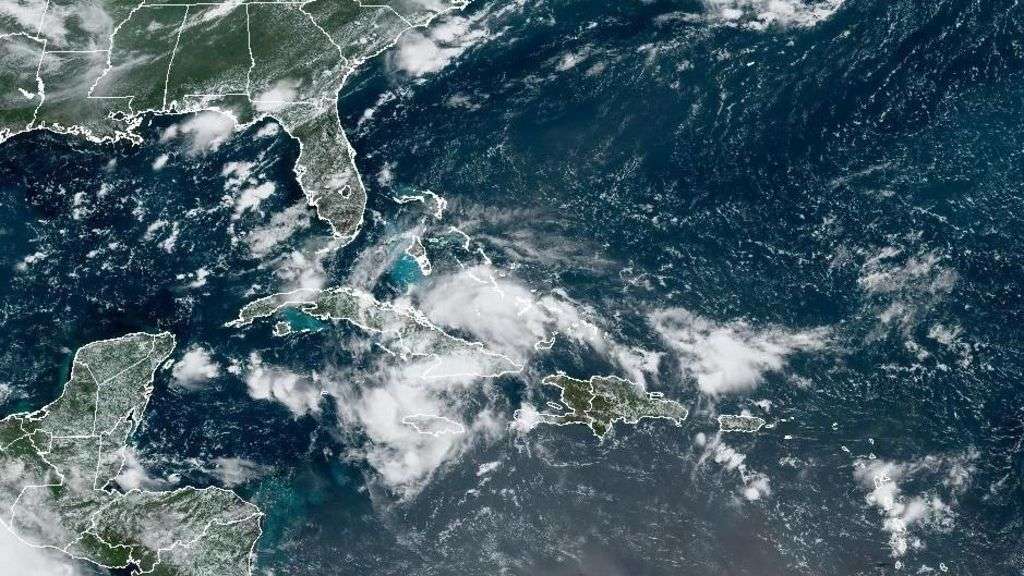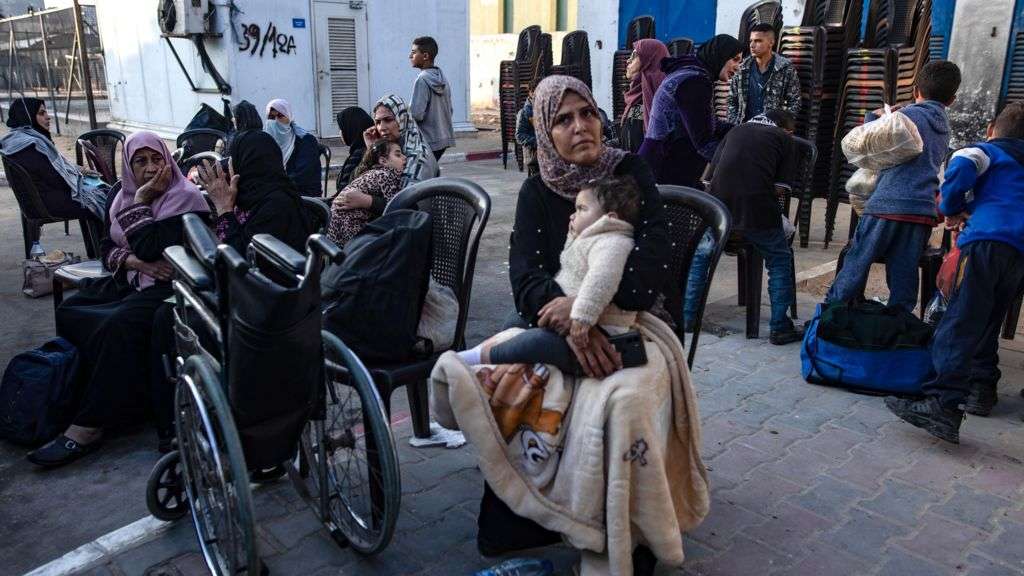A cluster of storms is making its way over Cuba toward coastal Florida, bringing heavy rain and possible flash flooding.
Over the next seven days, up to 12 inches of rain is expected in Florida where a tropical storm warning has been issued in some areas. Governor Ron DeSantis declared a state of emergency in more than 50 counties.
As of late Friday morning, the storm system was “slowly organising” over Cuba and is 420 miles (675 kilometers) away from Key West, Florida, according to the National Hurricane Centre (NHC).
It was expected to move near or over the west coast of Florida on Saturday night.
Forecasters said the storm could make landfall sometime later on Sunday into early Monday and could hit anywhere from Apalachicola to the Tampa Bay area.
In a notice Friday, the NHC warned that the storm could bring large amounts of rain and high wind gusts to the southwest coast of the Florida peninsula, from East Cape Sable to Bonita Beach.
“This rainfall could result in areas of flash and urban flooding, with isolated river flooding possible,” the NHC said.
Potential storm surges of one to three feet could impact Aripeka, Card Sound Bridge, as well as Tampa Bay and Charlotte Harbour.
Other parts of the southern and western coasts, as well as parts of the Florida Keys, were under a tropical storm watch, meaning storm conditions could hit these areas in two days’ time.
Mr DeSantis’ emergency order covers Orange County in Florida, home to more than 1.4m people, as well as Walt Disney World and Universal Studios, both of which are popular destinations for tourists.
Speaking to reporters on Thursday, Mr DeSantis said the incoming rainfall “will cause significant river flooding that may last for several weeks,” adding that water tables in some areas are already saturated.
He said the storm could damage “major interstates and roadways, bridges, airports, schools, hospitals, power grids and other critical infrastructure,” and bring with it widespread power outages.
The storm comes during what's expected to be a busy hurricane season, which stretches from June to the end of November in the US.
The North Atlantic could get as many as seven major hurricanes of Category three strength or over this year, which would be more than double the usual number, the US weather agency NOAA warned earlier this year.
There have been three named storms so far - Alberto, Beryl and Chris - impacting Mexico, parts of the Caribbean and Texas.
At least four people died as a result of Hurricane Alberto, while more than 60 were killed due to Hurricane Beryl in July, including 36 around the Houston, Texas area, officials said.








